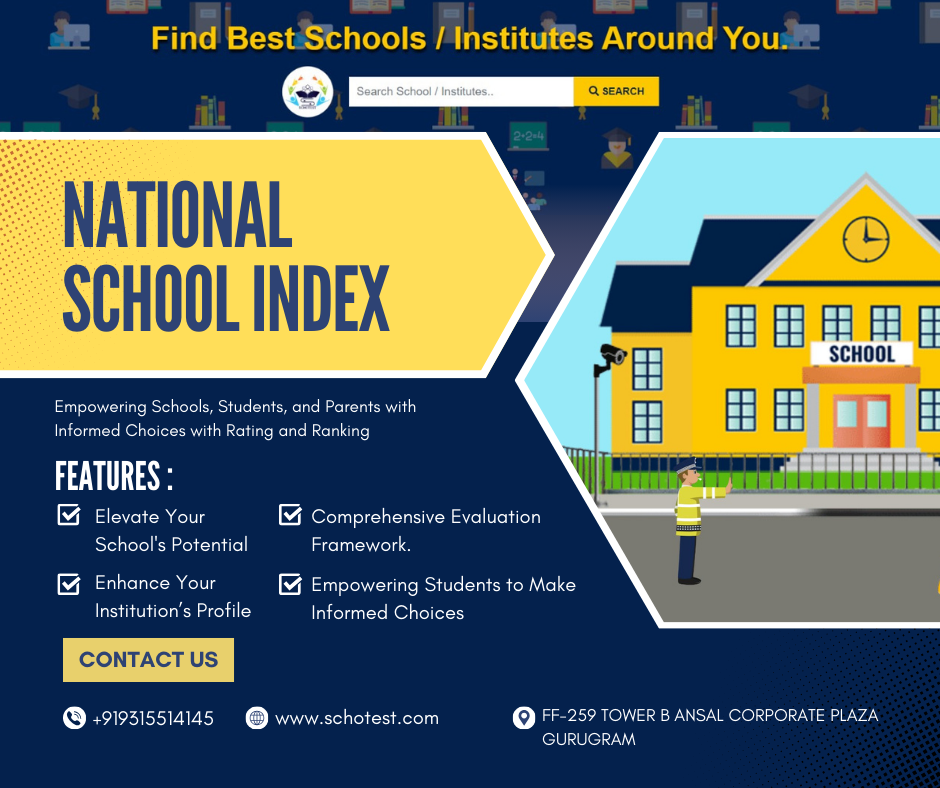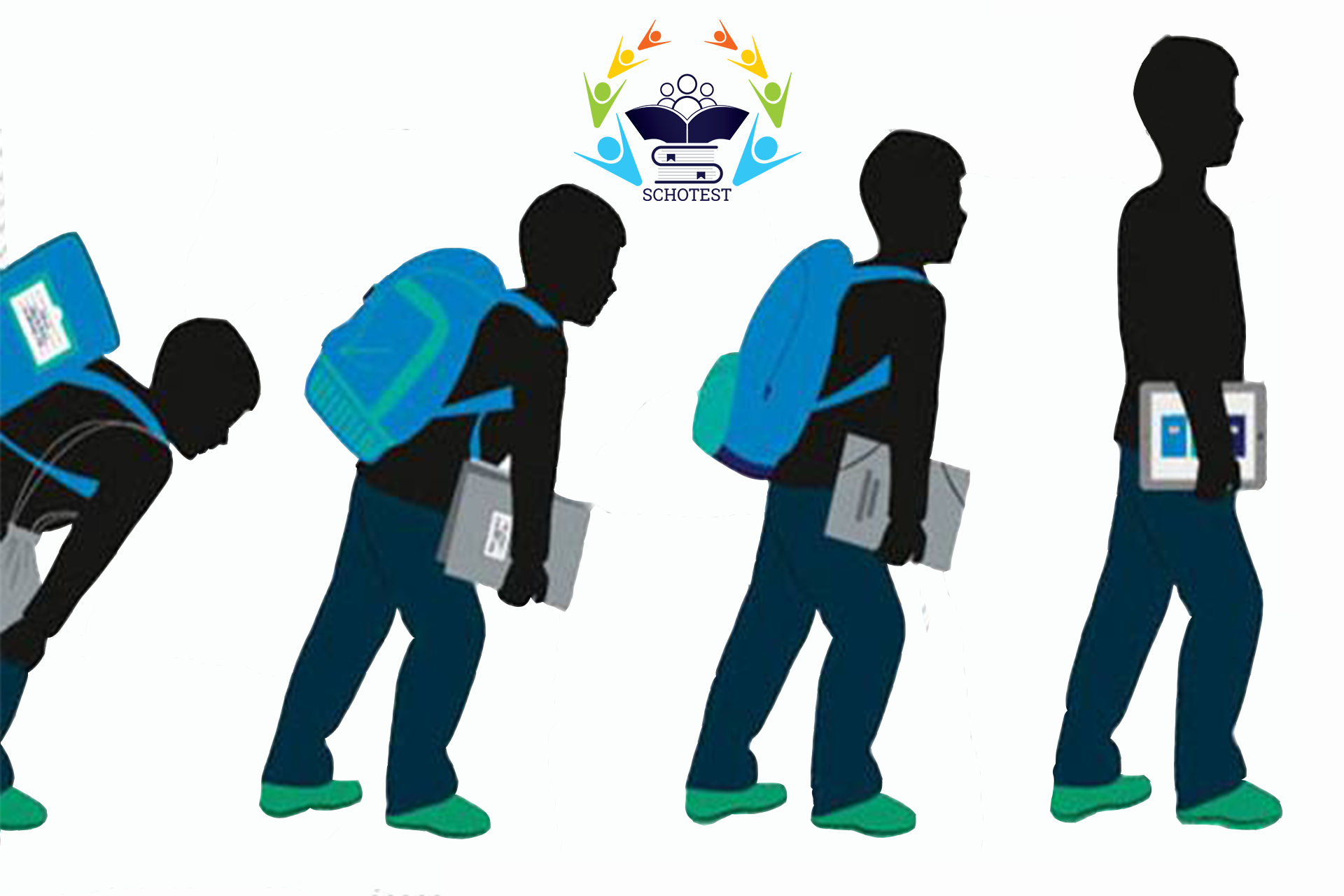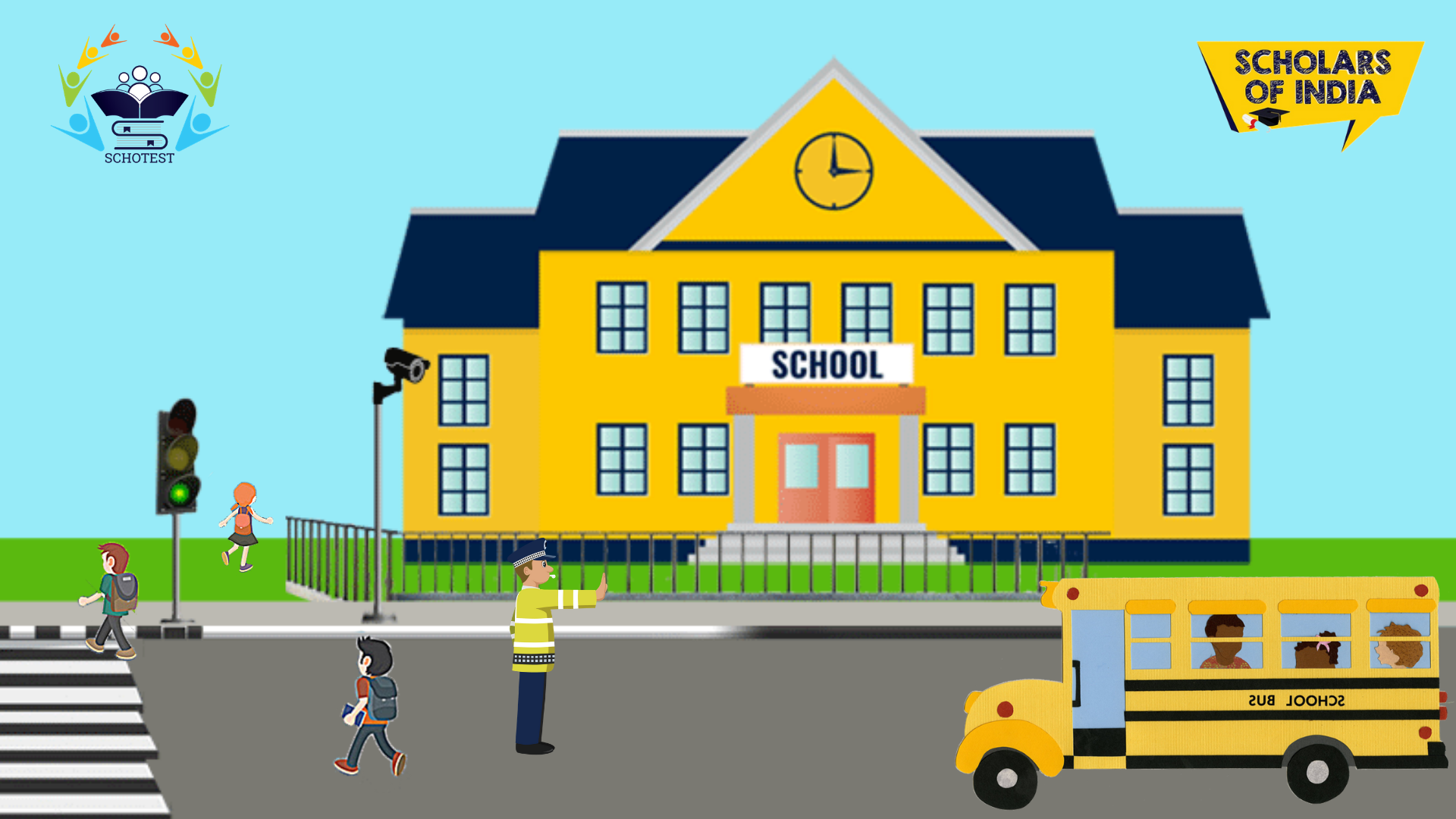How to compare schools on the basis of school ranking
The human brain is so much fascinated by comparison and drawing out the conclusion that most of the time; knowingly or unknowingly it is always in the groove of comparison. Be it distance from the earth to sun and moon or showing off one's skill to prove that he is better than other or constructing the largest statue of the Earth or reaching to unexplored spaces of the universe; everywhere comparison takes place. We all love the comparison, then how schools could lag behind on this subject.
From parents to teachers to even students, everyone wants to be a part of the best school. For Parents, sending their kid to the school offering best facilities, convivial environment, better learning practices is all that matter while for teachers, teaching with sophisticated equipment where challenges are on offer, engrossing children in a range of projects, improving their in-hand experience, better learning culture dominates their selection for schools. For students going to schools, priorities include enhancing their learning, developing their personality, grooming for future endeavours, getting a launch pad for their career.
Thus, it becomes utmost essential that they know how to compare the schools. But before comparing, one must select a sample space to compare. Sample space is basically the area of the research, one can just not sway in all direction if he has to reach a destined place, he has to refine his search. Through SchoTest, one can easily search for the schools, be it in their district or state, one can easily find the schools around them. Once you have figured out the area at which you want to invest, then you can go on for comparison.
National School Index (NSI) prepared by SchoTest offers one such facility. Here schools are ranked on the basis of five parameters without which the functioning of school may come to the bracket of questioning. Basic parameters include- Classroom, Student-Teacher Ratio, Past Results, Alumni and Faculty. Schools are ranked at national, state and district level on the basis of these five parameters. Further NSI also includes features rating where various features such as infrastructure, transportation, medical facility, sports, art & culture etc are also rated. The features rating is the average rating given by the SchoTest and the students studying in that school, making it more relevant and useful. In case someone has been stuck between two or more of the best schools, then NSI also has the feature of side by side comparison whereby one can compare these schools holistically, making the process of searching of schools a lot easier and convenient.











Discussion